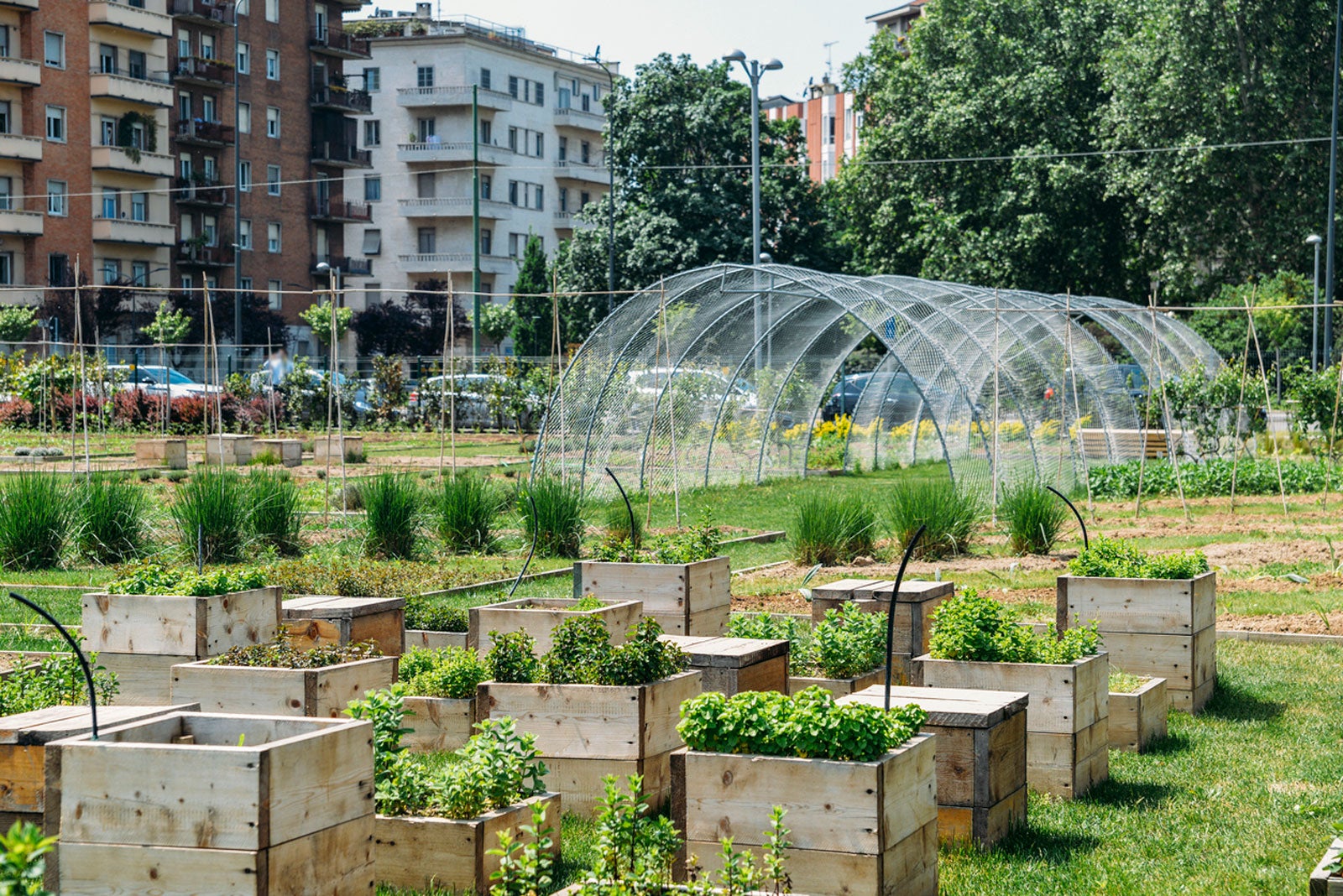The Definitive Guide to City Blooming
The Definitive Guide to City Blooming
Blog Article
3 Simple Techniques For City Blooming
Table of ContentsThe Ultimate Guide To City BloomingCity Blooming - The FactsThe City Blooming StatementsGet This Report on City BloomingAn Unbiased View of City Blooming
Interested in expanding food for sale in the City of Chicago? Below is a list of frequently asked inquiries relating to the rules and policies that cultivators should take into consideration when planning a city farming task.
The zoning modification does not change any type of other codes taking care of composting, building authorizations, acquiring or leasing City possessed building, service licenses or environmental contamination. There are existing codes that manage these concerns and they stay in full result and may be suitable to your task. Neighborhood yards are generally had or taken care of by public entities, public organizations or community-based companies and preserved by volunteers.
Urban ranches grow food that is planned to be sold, either on a not-for-profit or for-profit basis. Due to their industrial objective, metropolitan farms call for an organization certificate.
Not known Factual Statements About City Blooming
Composting is allowed yet only for plant material that is generated and utilized on site. The quantity of compost material can not go beyond 25 cubic lawns at any provided time according to the standards in 7-28-715 of the City's Municipal Code. Yes. Since the soil at a lot of brand-new garden sites requires modifying, garden compost, dirt, wood chips, or various other materials can be obtained to construct or improve the growing room - garden care.

If a building license is called for after that the hoophouse will be taken into consideration an accessory building. You can discover even more about the structure permit demands by contacting the Department of Structures. The 25,000-square-foot dimension limitation is meant to avoid a solitary neighborhood garden from controling a given block or diminishing the block's existing household or business personality.
The limitation does not apply to yards found in Public Open Area (POS) districts. Can there be more than one area yard that is 25,000 square feet on a solitary block? Fence is not needed, nonetheless, yards that have large car parking locations might be needed to mount fence or various other landscape design attributes.
The Best Guide To City Blooming
B1 & B2 areas call for that all commercial use activities be conducted indoors. R districts limit business activity. The laws reflect the function and intent of the Zoning Code. Is fencing needed for urban farms? Yes. Fencings may be needed, together with landscape design and screening, for sure parking lot and outside job or storage space locations depending upon place and the specific activity occurring.
Yes. Urban ranches need structure authorizations and zoning authorizations prior to building. Various other forms of city evaluation might be called for depending upon particular structures, activities, dimension, landscaping, licensing, public health and stormwater management problems. Much of these demands are identified in the project design or allowing procedure, however, the applicant may be liable to individually determine particular licenses or permits that might be required.
Yes. The kind of license is established by what is happening at the site. The Department of Service Matters and Consumer Protection can help figure out the particular type of business permit that's needed. Yes. Off road auto parking is required for a lot of commercial projects in Chicago. The called for number of garage is based on the variety of employees dealing with website and not the square video of the expanding room.
The Facts About City Blooming Revealed

A metropolitan ranch can market garden compost product produced on site, nevertheless, the operation should abide with the laws in 7-28-715 of the Chicago Municipal Code. Aquaponic systems are permitted inside your home on metropolitan farms in many zoning districts.
Approximately five hives or swarms of honey bees might be kept as an accessory use. Beekeepers should sign up with the Illinois Division of Farming. For additional information regarding the recommended zoning amendment you might call the Division of Real Estate and Economic Advancement, Bureau of Planning and Zoning at 312.744.8563.
Farming in cities and city locations A metropolitan farm in Chicago. Urban agriculture describes numerous practices of cultivating. https://cityblooming3.wordpress.com/2024/06/27/city-gardening-cultivating-green-spaces-in-urban-jungles/, handling, and distributing food in urban locations. The term additionally uses to the location tasks of animal husbandry, tank farming, beekeeping, and horticulture in an urban context. Urban farming is differentiated from peri-urban agriculture, which takes place in country areas beside suburban areas.
City Blooming for Beginners
It can involve a motion Clicking Here of organic growers, "foodies" and "locavores", that look for to form social media networks started on a common values of nature and area holism. These networks can develop using formal institutional support, coming to be incorporated right into local community planning as a "transition community" motion for lasting city development.
Some of the first evidence of metropolitan farming comes from Mesopotamia.
Report this page